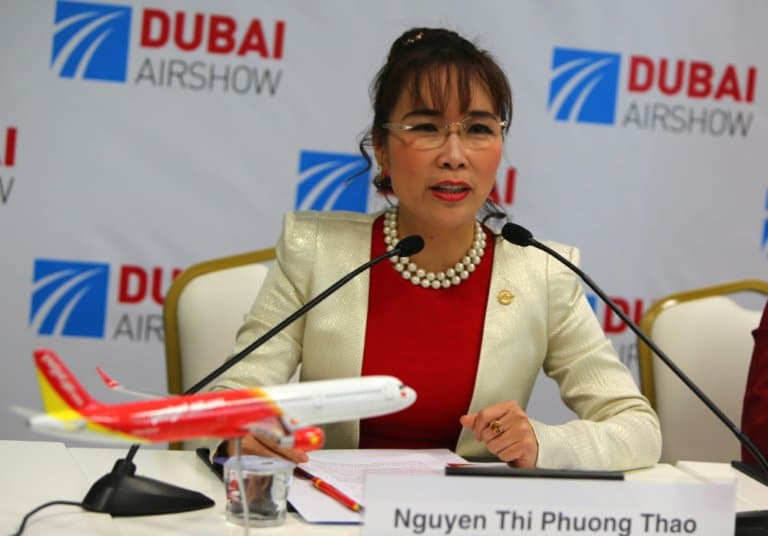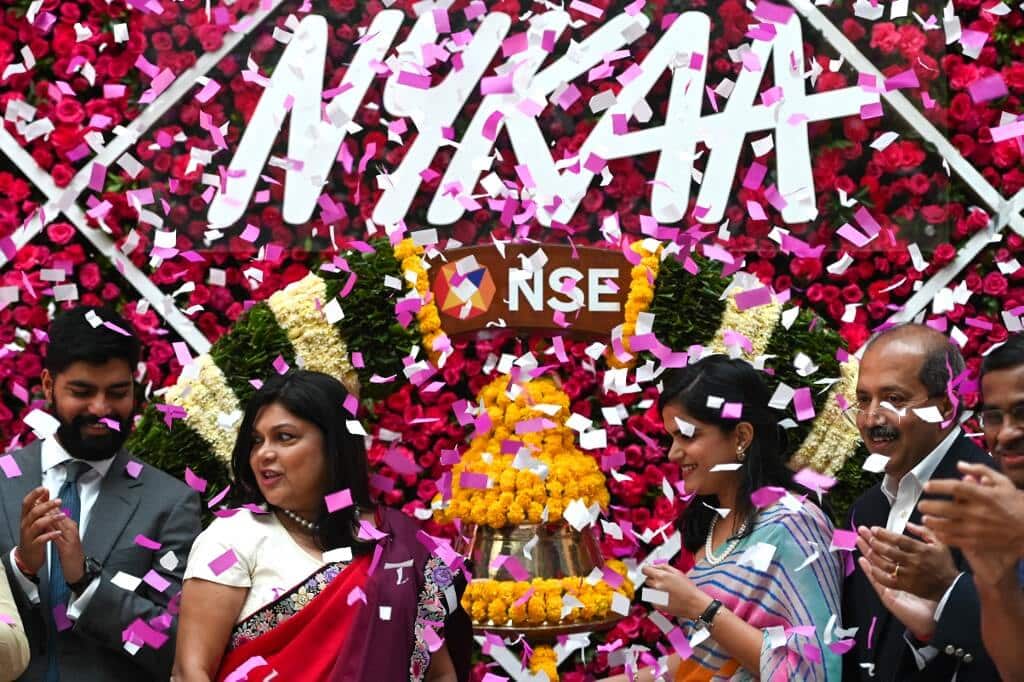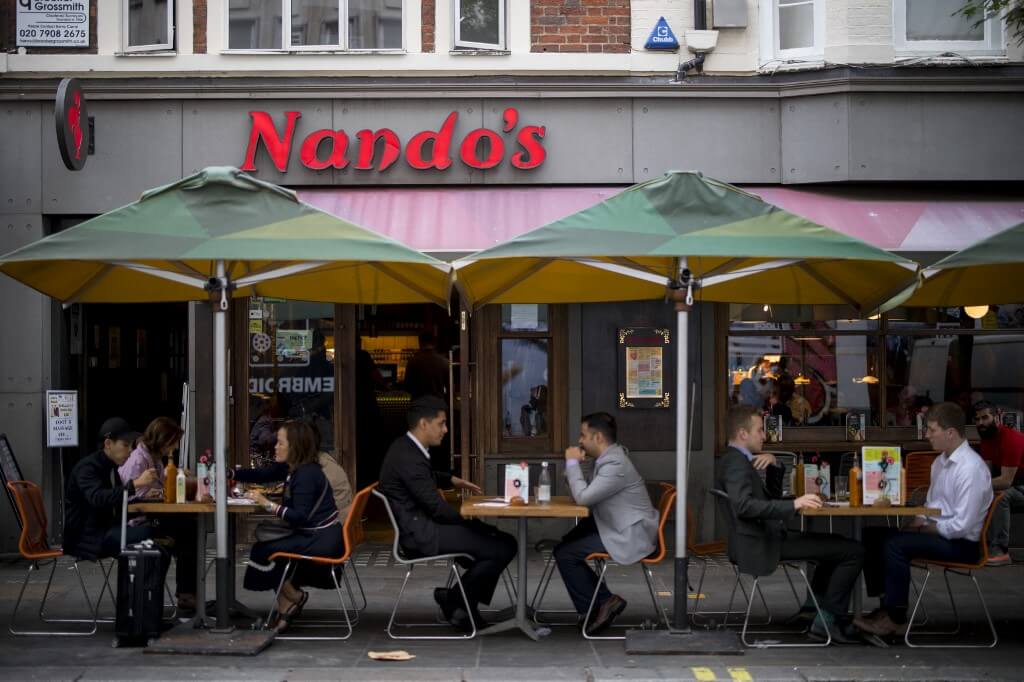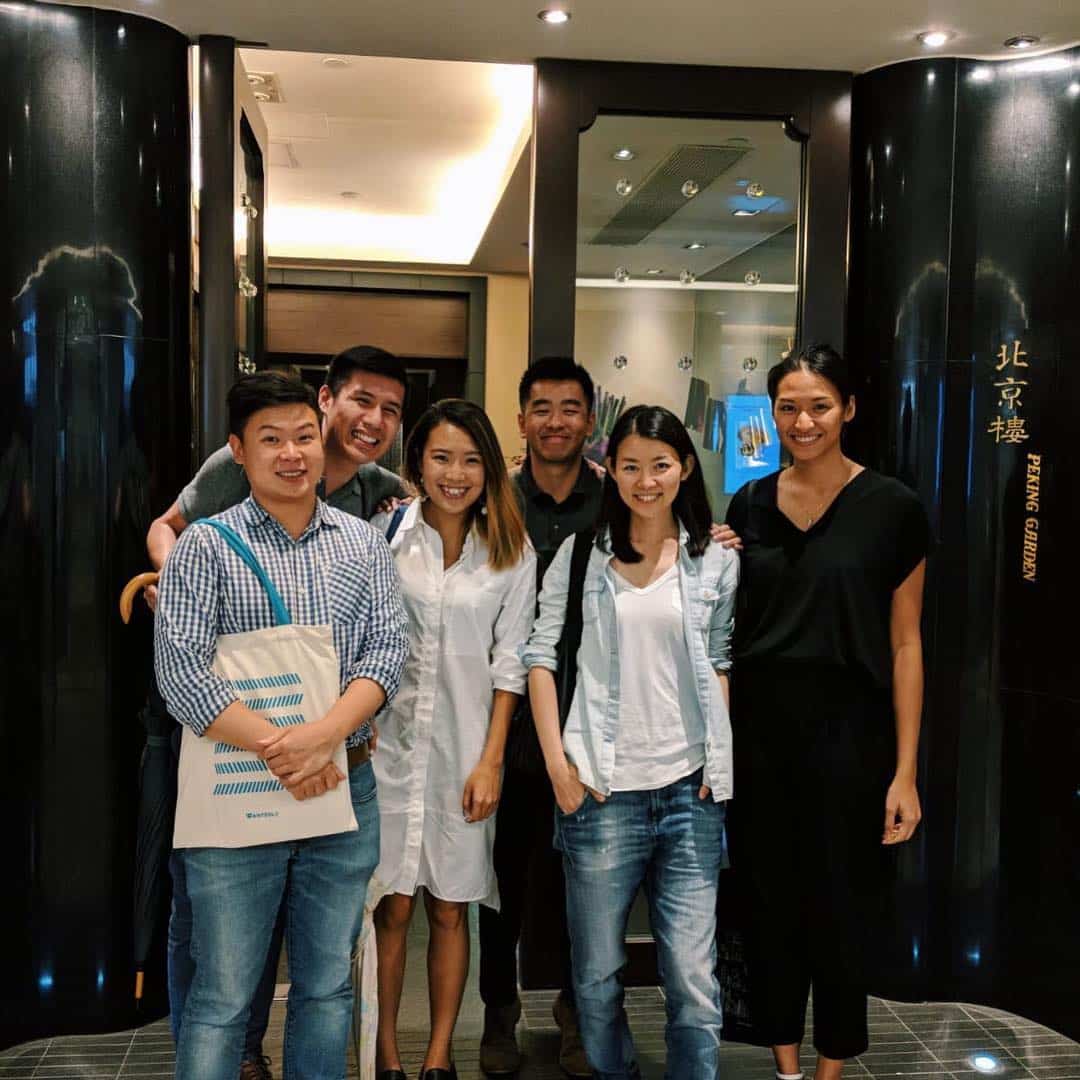
In a man’s world, women CEOs stand out for good — and not-so-good reasons.
Most of the time, they stick out as the only woman in the boardroom. At entry level, women make up about half of roles. Yet, only 3% to 4% of CEOs are women.
Of those who got to the top, they’re known to embody ruthlessness when needed yet can be as empathetic as possible because of their maternal instincts.
And they’re often brought on to help struggling companies recover. Women CEOs helping to right the ship when things get tough is a common play.
Looking for change, boards look for someone different — or at least, looks different — from your typical executive (read: a white man). They often turn to women CEOs.
“When an organisation is in crisis, women are often seen as being able to come in and take care of a problem,” Anna Beninger, senior director of research and corporate engagement partner at Catalyst, a nonprofit focused on promoting women in business.
“They’re effectively handed the mess to clean up.”
Whether they’re there to clean the mess or bring a company to global success, these women CEOs celebrated a New Year’s Day this year unlike any other in history.
It was the start date of five new women who would helm Fortune 500 companies, which brought the total number of women CEOs to 53. These women CEOs are:
- Karla R. Lewis, CEO of Reliance Steel & Aluminium
- Julia A. Sloat, CEO of American Electric Power
- Jennifer A. Parmentier, CEO of Parker-Hannifin
- Stephanie L. Ferris, CEO of Fidelity National Information Services
- Maria Black, CEO of the payroll and HR company Automatic Data Processing.
The success of these five increased the percentage of women CEOs from 8% to 10.6%.
“It’s not the majority, but it’s not an oddity. So, 10% makes it more and more normal — and less risky, subconsciously, to put a woman in the top spot,” says Jane Stevenson, global leader for the CEO succession practice at consulting firm Korn Ferry.
Things aren’t as rosy in Asia.
Women CEOs and leaders in Asia have it harder
Women CEOs understand what it takes to start, grow, and scale a company upwards and onwards.
Despite being natural-born leaders (think of who makes the most decisions in your homes), women barely break the billion-dollar annual revenue mark.
Why is this? A larger reason is that men and women are not treated equally, whether in terms of salary or promotion.
Software company Qualtrics surveyed 1,051 employees in July 2020 and found that 34% of men working remotely with children were promoted quicker than 9% of women in the same situation.
That wasn’t all — 26% of men with children at home say they got a pay rise during the pandemic. Only 13% of women, on the other hand, say they had an increment.
Women CEOs and leaders in Asia fare much worse than their peers in Australia, Norway and Sweden — countries where there are 30% of leadership teams with women holding roles.
Women leaders in Asia are on the extreme end of the spectrum — with only 3% of leadership teams with women holding roles in Japan, 5% in India, and 8% in Mexico Germany, and Brazil.
Singapore, which holds the crown for having the most women CEOs, can only boast 13.1% of CEO roles.
And although women make up over 40% of the national GDP in China, only 6.4% of its CEOs are women. The proportion of women CEOs only goes lower from here: 4.7% in India and 0.3% in Japan.
All of which goes to say: in Asia, it’s really hard to get the no.1 job. Of those who did get to the pinnacle of corporate power, they had to overcome the mightiest challenges, subtle and direct, and from all fronts among all women CEOs in the world.
In their journeys lie crucial lessons of what it takes to be hard as nails.

Janice Lee was determined to keep other streaming sites like Netflix away. Source: John Macdougall/AFP
Top five Asian women CEOs
1. Janice Lee, CEO of Viu (Hong Kong)
Janice Lee has her work cut out for her.
She is the CEO of Hong Kong-based streaming service, Viu, owned by local media group PCCW.
The service was one of the first in the region to identify the need for more Asian content, particularly Korean dramas and Japanese anime.
Lee aims to fend off Netflix and keep up the pace with Disney, but where did she come from?
She was born and raised in Hong Kong. After she finished high school, she moved to Australia to continue with a Bachelor in Economics at the University of Sydney.
She then began growing her career by taking on roles in media organisations like Star TV and Warner Brothers.
She also was the head of international personal banking and strategic planning for Citibank Consumer Bank in Hong Kong before joining PCCW in 2003.
In 2021, she found herself on Asia’s Most Influential HK.
Despite not knowing if the service was going to be a success or not, Lee kept validating and course-correcting as she and the team grew the business. “If you fail, fail fast, move on, course correct,” she says.
In 2021, the service had garnered 49 million monthly active users and has become one of the region’s biggest repositories of analytics for online streaming users.

Falguni Nayar (C-L), managing director and one of our women CEOs of Nykaa, funded the business on her own when she first started. Source: Punit Paranjpe/AFP
2. Falguni Sanjay Nayar, CEO of Nykaa (India)
Falguni Sanjay Nayar is one of the only two self-made billionaires in India — and one of the most successful women CEOs in India.
According to Forbes, she is worth US$4.5 billion. This was due to her starting a business from scratch at the age of 50.
Nykaa would become a huge beauty retailer in India. In 2020, the brand became the first Indian unicorn startup to be headed by a woman and is very successful.
The brains behind it is Falguni. She was born in Mumbai, Maharashtra, in 1963.
After high school, she attended the Sydenham College of Commerce and Economics, where she completed a Bachelor of Commerce, Accounting and Business Management.
That wasn’t enough for the young entrepreneur.
She moved on to the Indian Institute of Management Ahmedabad, where she graduated with an MBA in 1985.
One of her first roles was as a consultant AF Ferguson & Co, and Kotak Securities, one of the largest equity broking houses in India.
She was promoted to head of international business in London and New York before taking on the role of MD.
She finally quit to start Nykaa in 2012, a decision she never regrets making.
Building Nykaa was truly enjoyable for her; she took it upon herself to look through every customer order that came through from day one.
“Until we reached 3,000 orders a day, I used to look at every single one. The business today is like a roller-coaster ride, so do it only if you truly enjoy it,” she says.

Running a Nandos restaurant with no prior experience was a tough call but a smart one for Mac, one of the top women CEOs in Asia today. Source: Tolga Akmen/AFP
3. Mac Chung Lynn, CEO of Nando’s Malaysia & Singapore (Malaysia)
Mac Chung Lynn heads one of the most successful F&B groups in Malaysia and Singapore: Nandos.
Originating from South Africa, the chain famous for its peri-peri chicken has more than 1,000 restaurants across 24 countries.
Mac had an interesting start with this brand. She was born in 1978 and completed her primary and secondary education in Malaysia.
Deciding on where to attend college, she decided to enrol at the University of Wales in London, where she studied architecture.
Nando’s fast became a favourite, so much so that when her dad visited, she took him there.
He was so impressed with the peri-peri sauce that he asked to speak to a manager and, a few months later, suggested that Mac returns to KL to run the local branch.
It was 1998, and she knew nothing about food or managing a restaurant. Besides, she only had two years of experience as an architect. But the 24-year-old accepted this challenge.
Soon the eatery grew and expanded exponentially because of its great food, excellent customer service and good marketing.
Today, there are more than 70 stores in Malaysia alone. Her advice to the younger generation today is never to give up or be afraid of hard work.
“In life, you will always be hit by obstacles, you will always have people saying you can’t do it, but persevere,” she says.

Nguyễn Thị Phương Thảo is a self-made billionaire and one of Asia’s most prolific women CEOs today. Source: AFP
4. Nguyễn Thị Phương Thảo, CEO of VietJet Air
Vietnam’s first self-made billionaire, Nguyễn Thị Phương Thảo, has achieved plenty already at the age of 53.
She was listed as one of 25 women on Forbes’ 2019 Asia’s Power Businesswomen for her success.
Born in 1970 in Hanoi, Vietnam, Thảo completed her early schooling years in her hometown before getting on a number of flights and touching down in Russia.
It’s clear enjoyed studying; her list of qualifications includes:
- a bachelor’s degree in Labour Economic Management from Moscow National Economics College;
- a bachelor’s degree in finance, Credit and Banking from Moscow Commerce Institute; and
- PhD in Economic Cybernetics from Mendeleev Institute
Her career began with her trading commodities in Eastern Europe and Asia.
One thing she realised was air travel was bound to see a huge spike in Vietnam which prompted her to launch VietJet Air.
As of 2022, VietJet Air has transported 20.5 million passengers on 116,000 flights.
Her understanding of finance, economics and management helped her develop the business’s characteristics which contributed to her confidence in steering ahead, she says.
“Besides that, knowing your strengths and advantages is important, so if you have to start all over again, you will know what to do,” she says.

Akiko Naka is a talented manga artist who founded Wantedly after failing to make it in the manga design industry. Source: Facebook
5. Akiko Naka, CEO of Wantedly Inc (Japan)
Fascinated by the advancing world of technology, Akiko Naka taught herself how to code.
While other 12-year-olds were running around playing, she had already created her very first website.
Both her parents were academics and placed the importance of studying hard and getting good results on her.
So she did. After graduating from high school, she went on to Kyoto University to pursue economics but had already dabbled in a startup by this time.
In her fourth year of university, she got an offer from Goldman Sachs but dropped out when the 2008 financial crisis hit.
She had another passion – manga. She moved to Hokkaido for six months, where she spent day and night drawing and determined to pursue her manga dream.
She joined Facebook Japan in 2010 and discovered an interest in social networking.
All along, she kept the dream of one day launching her own tech startup, and she finally did in 2012 when she founded Wantedly.
Today, she advises young people to spend time wisely on their dreams and projects.
“You only live once, and every moment of our life is chipping away — it is getting shorter and shorter,” she says.










